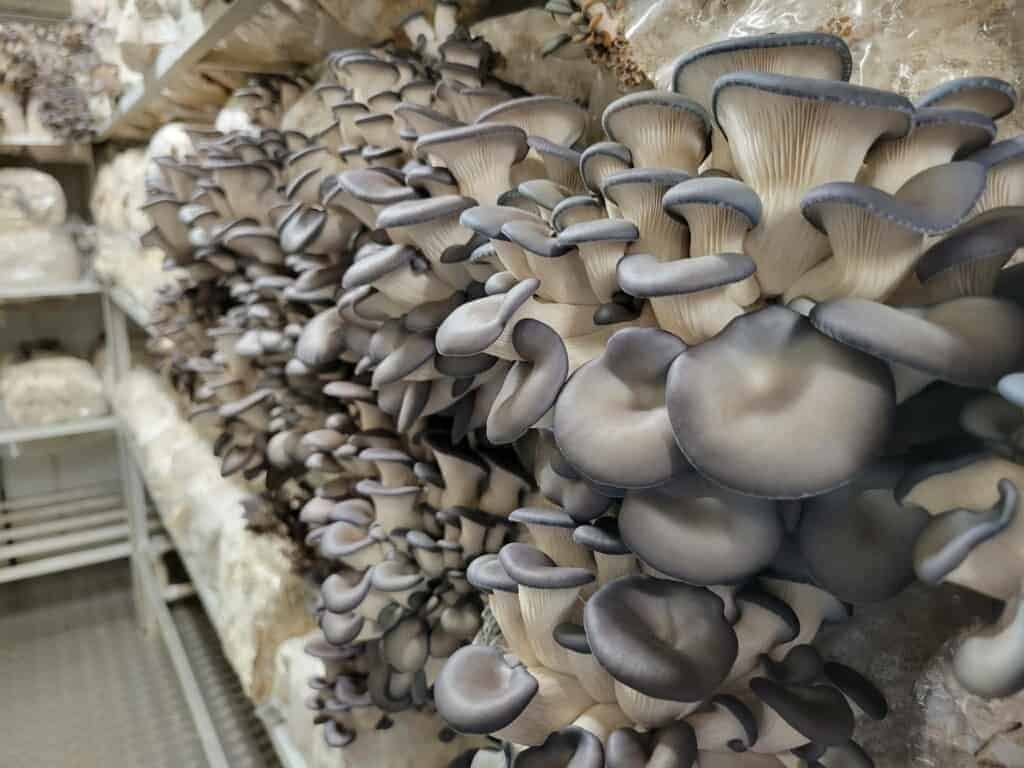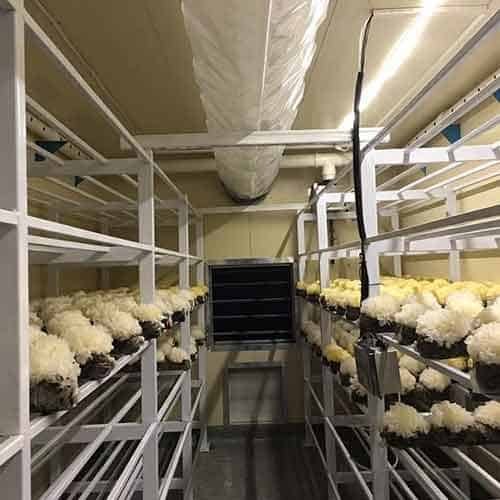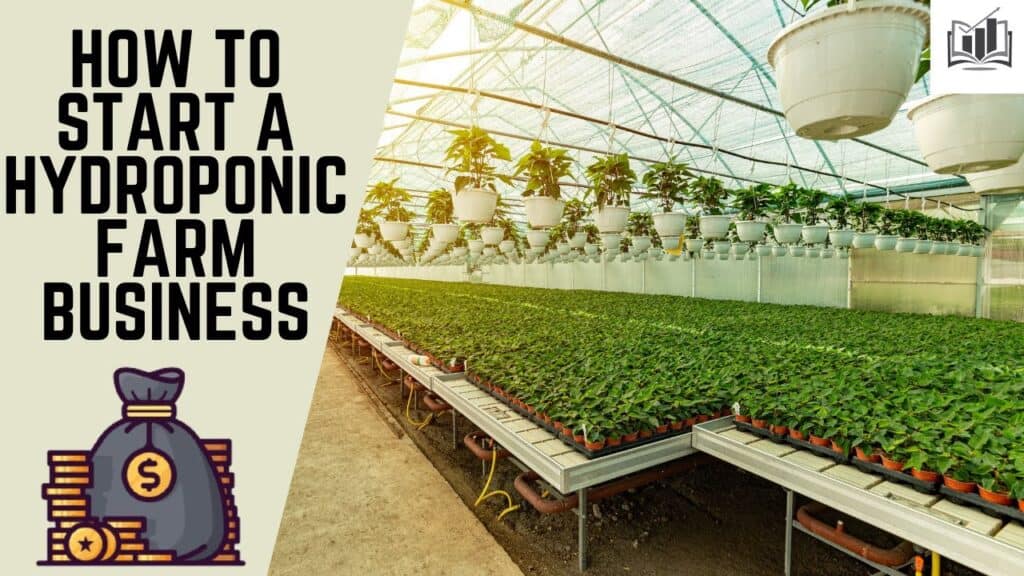To grow mushrooms in a shipping container, retrofit the container with climate control systems for temperature, humidity, and ventilation, install shelving for substrate bags or blocks, inoculate the substrate with mushroom spores or mycelium, and maintain optimal growing conditions.
From Container to Cuisine: How to Grow Your Own Mushrooms at Home
Mushroom cultivation is a fascinating and rewarding hobby that has been gaining popularity in recent years. Whether you are a seasoned gardener looking to expand your skills or a beginner with a green thumb, growing mushrooms at home can be a fun and fulfilling experience. Before you embark on your mushroom-growing journey, it is important to understand the basics of mushroom cultivation.
Mushrooms are fungi that grow from spores rather than seeds. They thrive in dark, damp environments and can be grown indoors or outdoors, depending on the species. The key to successful mushroom cultivation lies in creating the ideal growing conditions for the specific species you choose to grow. This includes providing the right substrate, temperature, humidity, and light levels.
Additionally, understanding the life cycle of mushrooms and the different stages of growth is crucial for a successful harvest. By familiarizing yourself with the basics of mushroom cultivation, you can set yourself up for success and enjoy a bountiful crop of homegrown mushrooms.
Choosing the Right Container for Mushroom Cultivation
When it comes to growing mushrooms at home, choosing the right container is essential for creating the ideal environment for mushroom growth. There are several options to consider, including plastic bags, trays, and containers specifically designed for mushroom cultivation. Each type of container has its own advantages and disadvantages, so it is important to consider the specific needs of the mushroom species you plan to grow.
Plastic bags are a popular choice for growing mushrooms, as they provide a sterile environment and are easy to handle. They are often used for growing species such as oyster mushrooms and shiitake mushrooms.
Trays and containers, on the other hand, are ideal for growing mushrooms that require a more controlled environment, such as button mushrooms and portobello mushrooms. These containers allow for better regulation of temperature and humidity, which is crucial for the successful cultivation of certain mushroom species.
Ultimately, the choice of container will depend on the specific requirements of the mushroom species you plan to grow, as well as your own preferences and available space. By selecting the right container for mushroom cultivation, you can create the perfect growing environment and set yourself up for a successful harvest.
Selecting the Ideal Mushroom Species for Home Cultivation
One of the most exciting aspects of mushroom cultivation is the wide variety of species available for home cultivation. From the popular and versatile oyster mushroom to the flavorful and meaty shiitake mushroom, there are countless options to choose from. When selecting the ideal mushroom species for home cultivation, it is important to consider factors such as climate, growing conditions, and personal preferences.
Some mushroom species, such as oyster mushrooms and shiitake mushrooms, are well-suited for home cultivation due to their adaptability and relatively simple growing requirements. These species thrive in a wide range of temperatures and can be grown on a variety of substrates, making them ideal for beginners. Other species, such as morel mushrooms and truffles, require more specialized growing conditions and are better suited for experienced cultivators.
Additionally, it is important to consider the culinary uses of the mushroom species you choose to grow, as some are prized for their flavor and texture, while others are valued for their medicinal properties. By selecting the ideal mushroom species for home cultivation, you can enjoy a bountiful harvest of delicious and nutritious mushrooms that are perfectly suited to your growing environment and culinary preferences.
Here’s a table ranking ideal mushroom species for shipping container cultivation:
| Rank | Mushroom Species | Key Benefits |
|---|---|---|
| 1 | Oyster Mushrooms | Fast-growing, high yield, easy to cultivate |
| 2 | Shiitake Mushrooms | High market value, robust flavor, long shelf life |
| 3 | Lion’s Mane Mushrooms | Medicinal benefits, unique texture and flavor |
| 4 | King Oyster Mushrooms | Large size, versatile in cooking, high yield |
| 5 | Maitake (Hen of the Woods) | High nutritional value, medicinal properties, popular in culinary use |
| 6 | Reishi Mushrooms | Medicinal benefits, long cultivation cycle but high value |
| 7 | Button Mushrooms | Popular and widely consumed, consistent demand |
| 8 | Enoki Mushrooms | Delicate flavor, popular in Asian cuisine |
| 9 | Pioppino Mushrooms | Rich flavor, good yield, increasing popularity |
| 10 | Cordyceps | Medicinal properties, high market value, but more challenging to cultivate |
Preparing the Substrate for Mushroom Growth
The substrate is a crucial component of mushroom cultivation, as it provides the nutrients and support necessary for mushroom growth. Different mushroom species have different substrate requirements, so it is important to choose the right substrate for the species you plan to grow. Common substrates for mushroom cultivation include straw, sawdust, compost, and various agricultural by-products.
Before preparing the substrate for mushroom growth, it is important to sterilize it to eliminate any competing organisms that could hinder mushroom growth. This can be done using heat, steam, or chemical sterilization methods, depending on the type of substrate and the specific requirements of the mushroom species. Once the substrate is sterilized, it can be inoculated with mushroom spores or mycelium to initiate the growth process.
The substrate should then be placed in the chosen container and incubated in a dark, humid environment until the mycelium has fully colonized the substrate. By preparing the substrate for mushroom growth, you can provide the essential nutrients and support necessary for a successful mushroom harvest.
Creating the Perfect Environment for Mushroom Cultivation
Creating the perfect environment for mushroom cultivation is essential for the successful growth and development of your mushroom crop. Mushrooms thrive in dark, damp environments with high humidity and relatively stable temperatures.
Depending on the specific requirements of the mushroom species you plan to grow, you may need to make adjustments to the growing environment to ensure optimal conditions for mushroom growth.
Indoor mushroom cultivation typically requires a dedicated growing space with controlled temperature and humidity levels. This can be achieved using a grow tent, greenhouse, or other enclosed space that can be easily regulated.
Outdoor mushroom cultivation, on the other hand, may require additional measures to protect the mushrooms from extreme temperatures, pests, and other environmental factors. By creating the perfect environment for mushroom cultivation, you can provide the ideal conditions for mushroom growth and ensure a successful harvest.
Caring for Your Mushroom Crop: Watering, Fertilizing, and Pest Control
Caring for your mushroom crop is an important aspect of successful mushroom cultivation. Proper watering, fertilizing, and pest control are essential for ensuring the health and productivity of your mushroom crop. Depending on the specific requirements of the mushroom species you are growing, you may need to make adjustments to your care routine to meet the needs of your mushrooms.
Watering is a crucial aspect of mushroom cultivation, as mushrooms require a consistently damp environment to thrive. Depending on the growing conditions and the specific requirements of the mushroom species, you may need to mist the growing area regularly to maintain high humidity levels.
Additionally, some mushroom species may benefit from periodic watering or soaking to ensure optimal moisture levels. Fertilizing is another important aspect of caring for your mushroom crop, as it provides the essential nutrients necessary for mushroom growth.
Depending on the substrate and the specific requirements of the mushroom species, you may need to add additional nutrients to the growing area to support healthy mushroom development.
Pest control is also an important consideration when caring for your mushroom crop, as pests can quickly decimate a mushroom harvest if left unchecked. By monitoring your growing area regularly and taking proactive measures to prevent pests, you can ensure the health and productivity of your mushroom crop.
Harvesting and Storing Your Homegrown Mushrooms
Harvesting and storing your homegrown mushrooms is the final step in the mushroom cultivation process. Knowing when and how to harvest your mushrooms, as well as the best methods for storing them, is essential for preserving the quality and flavor of your harvest.
The timing of the harvest will depend on the specific requirements of the mushroom species you are growing. Some mushrooms can be harvested as soon as they reach a desirable size, while others may need to be left to mature further. It is important to harvest your mushrooms before they begin to release spores, as this can affect the flavor and texture of the mushrooms.
Once harvested, it is important to store your mushrooms properly to preserve their freshness and flavor. This can be done by refrigerating or freezing the mushrooms, or by drying them for long-term storage. By harvesting and storing your homegrown mushrooms properly, you can enjoy the fruits of your labor for weeks or even months to come.
Turning Your Homegrown Mushrooms into Delicious Dishes
One of the most rewarding aspects of growing mushrooms at home is the opportunity to enjoy the delicious and nutritious fruits of your labor. Whether you are a seasoned chef or a novice cook, there are countless ways to turn your homegrown mushrooms into mouthwatering dishes that will delight your taste buds and impress your friends and family.
From simple sautéed mushrooms to gourmet mushroom risottos and creamy mushroom soups, there are endless possibilities for incorporating homegrown mushrooms into your culinary creations.
Whether you prefer to showcase the natural flavor and texture of the mushrooms or to experiment with bold and creative flavor combinations, there are countless recipes and cooking techniques to explore. Additionally, homegrown mushrooms can be preserved through canning, pickling, or fermenting, allowing you to enjoy your harvest throughout the year.
By turning your homegrown mushrooms into delicious dishes, you can savor the unique flavors and textures of your mushrooms and share the joy of homegrown food with your loved ones.
Exploring Advanced Techniques for Mushroom Cultivation
Once you have mastered the basics of mushroom cultivation, you may be interested in exploring advanced techniques to expand your skills and knowledge. Advanced techniques for mushroom cultivation can include experimenting with different substrates, growing methods, and environmental controls to optimize the growth and productivity of your mushrooms.
One advanced technique for mushroom cultivation is the use of alternative substrates, such as coffee grounds, wood chips, or agricultural waste, to provide nutrients and support for mushroom growth. These alternative substrates can offer unique flavor profiles and nutritional benefits, as well as reduce waste and environmental impact.
Another advanced technique is the use of controlled environmental conditions, such as carbon dioxide levels, light exposure, and air circulation, to optimize mushroom growth and development.
These advanced techniques can be challenging to master but can offer exciting opportunities for experimentation and innovation in mushroom cultivation. By exploring advanced techniques for mushroom cultivation, you can expand your skills and knowledge and take your mushroom-growing hobby to the next level.
Troubleshooting Common Issues in Home Mushroom Cultivation
Like any gardening endeavor, home mushroom cultivation can come with its fair share of challenges and setbacks. Common issues in home mushroom cultivation can include contamination, mold growth, low yields, and environmental fluctuations. Knowing how to identify and address these issues is essential for maintaining the health and productivity of your mushroom crop.
Contamination is a common issue in mushroom cultivation, as competing organisms can quickly take over the growing area and hinder mushroom growth. This can be addressed by maintaining a sterile growing environment, using high-quality substrates, and monitoring the growing area regularly for signs of contamination.
Mold growth is another common issue in home mushroom cultivation, as mold can quickly spread and affect the health and flavor of the mushrooms. This can be addressed by adjusting the growing conditions to reduce humidity and improve air circulation, as well as removing any affected mushrooms and substrate.
Low yields and environmental fluctuations can also be addressed by adjusting the growing conditions, such as temperature, humidity, and light levels, to better meet the needs of the mushroom species you are growing.
By troubleshooting common issues in home mushroom cultivation, you can maintain the health and productivity of your mushroom crop and enjoy a successful harvest.
Originally posted 2024-05-11 07:17:05.





